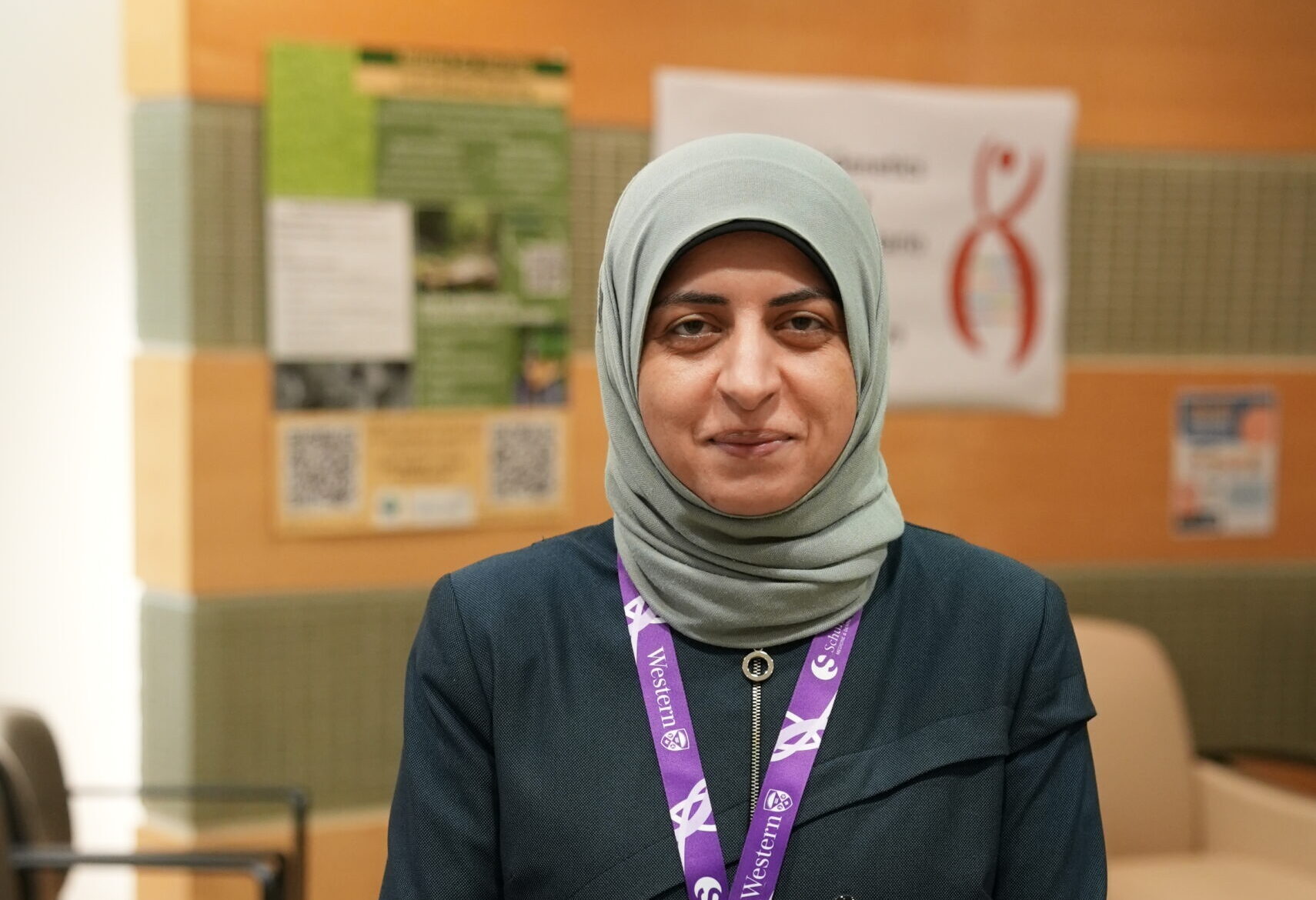Meet Dr. Enas Nasr
From a young age, Dr. Enas Nasr was captivated by the subtle dance of chemical processes unfolding within the human body – a fascination that would come to define her career. Today, that early spark has transformed into game-changing work, offering new hope to children and families facing the challenges of metabolic disorders.
Metabolic disorders impact the body’s ability to turn food into energy. Though metabolic disorders as a group are common, individual conditions are often rare and notoriously difficult to diagnose.
“One of my main goals is to educate and equip our future physicians to confidently identify these conditions as early as possible,” she said. “Once diagnosed, there are opportunities to treat, or sometimes even provide a cure.”
Dr. Nasr is part of a robust, multidisciplinary clinic at Children’s Hospital, whose staff are committed to excellence in metabolic management. The team places a strong emphasis on dietary care as the primary foundation of treatment, with medications serving as an important secondary measure.
“Beginning my career in Palestine, I witnessed firsthand the devastating effects of limited dietary support on children with metabolic disorders. The high cost of specialized formulas meant that far too many of my patients lost their lives prematurely,” Dr. Nasr recalled. “Here, we can offer comprehensive metabolic care. I still remember the shock of meeting a 15-year-old patient with methylmalonic acidemia – a condition that, back home, would rarely see a child survive past two or three years of age.”
Her early experiences instilled in her an unwavering commitment to pursue leading-edge metabolic care. For instance, in the case of a Pompe disease patient, Dr. Nasr adopted European best practices by doubling the standard enzyme replacement therapy dose through a compassionate use program – an innovative adjustment that has proven life-changing. Now, at six months old, the patient is thriving, a stark contrast to other children on the standard treatment regimen.
“I’m eager to publish this case study so that it may serve as a persuasive template to encourage the government to fund high-dose treatment instead of the standard regimen for this condition,” she noted.
Looking ahead, she is determined to attract single-patient investigations and later clinical trials, as well as enhance screening, diagnostic and advocacy strategies for metabolic disorders, ensuring that every child receives the best possible care.


